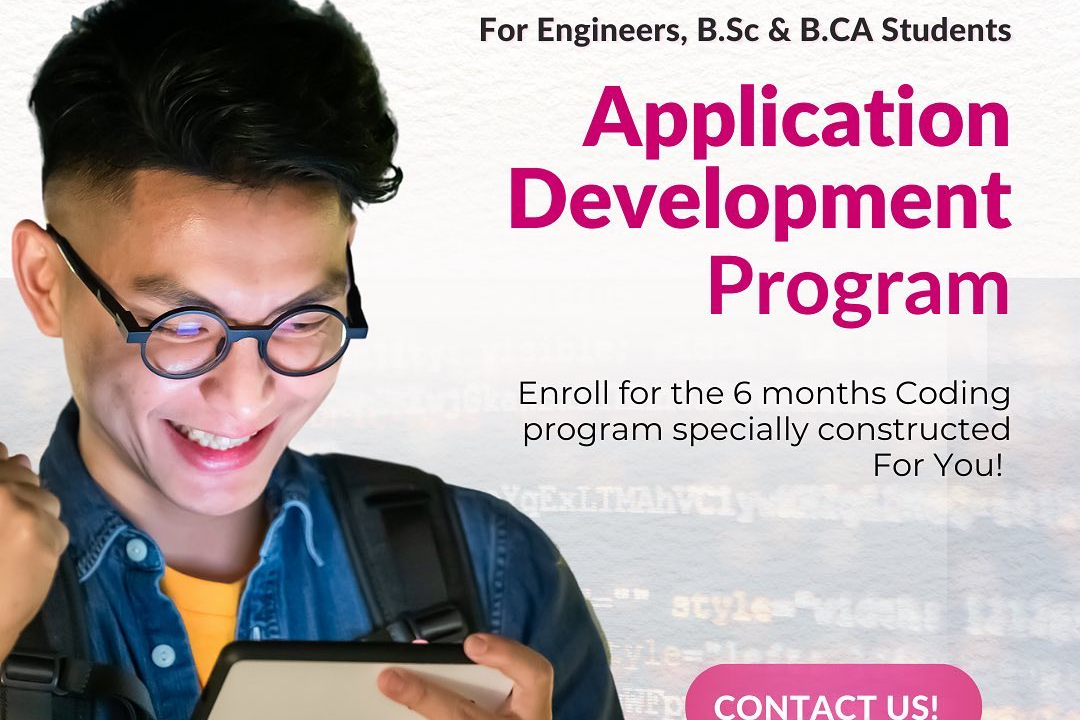Flutter App Wireframing
Optimizing Flutter App Wireframing Techniques
Flutter App Wireframing
Flutter app wireframing is the process of creating a visual blueprint of an app’s interface, which serves as a guide for the design and development phases. It involves sketching the layout and structure of each screen, detailing the placement of elements such as buttons, text fields, and images, while also outlining user interactions and navigation flows. Wireframes can be created using various tools or hand-drawn, and they help stakeholders visualize the app's functionality and user experience before delving into actual coding in Flutter. This iterative process allows for early feedback and adjustments, ensuring a more refined and user-centered end product.
To Download Our Brochure: https://www.justacademy.co/download-brochure-for-free
Message us for more information: +91 9987184296
1 - Introduction to Wireframing: Wireframing is the initial step in the app design process that outlines the app's structure and functionality, focusing on user interaction.
2) Purpose of Wireframes: Wireframes serve as blueprints for the app, helping to visualize ideas, layout components, and gather feedback before full development begins.
3) Understanding Flutter Framework: Flutter is an open source UI toolkit from Google used for building natively compiled applications for mobile, web, and desktop from a single codebase.
4) Tools for Wireframing: Introduce popular wireframing tools (like Figma, Sketch, Adobe XD) that work well with Flutter’s development workflow.
5) Low Fidelity vs High Fidelity Wireframes: Explain the differences between low fidelity (basic sketches) for quick brainstorming and high fidelity (detailed mockups) that closely represent the final product.
6) User Experience (UX) Principles: Emphasize the importance of UX principles in wireframing to create user centered designs that facilitate a smooth interaction.
7) Creating Layouts with Flutter: Show how to utilize Flutter's widget system to build layouts, providing a seamless transition from wireframes to code.
8) Iteration and Feedback: Stress the importance of iterative design by gathering user feedback on wireframes and making necessary adjustments before development.
9) Design Consistency: Teach students the value of maintaining visual consistency throughout the wireframes to ensure a cohesive user experience.
10) Navigation Design: Discuss how to effectively design navigation structures in wireframes to guide users intuitively through the app.
11) Incorporating Branding: Illustrate how to incorporate brand elements (like colors, fonts, and logos) into wireframes to align the app’s design with brand identity.
12) Responsive Design: Highlight the need for creating responsive designs that adapt to different screen sizes and orientations, leveraging Flutter’s capabilities.
13) Importing Wireframes into Flutter: Provide insights on how to translate wireframes into Flutter code, discussing the widget tree and layout properties.
14) Collaboration Techniques: Encourage collaborative wireframing sessions using online tools to enhance teamwork and gather diverse ideas and feedback.
15) Finalizing Wireframes for Development: Teach students how to prepare and document wireframes effectively for handoff to developers, ensuring clarity in design intent.
These points can be detailed further based on specific training durations and student progress, providing a comprehensive overview of Flutter app wireframing.
Browse our course links : https://www.justacademy.co/all-courses
To Join our FREE DEMO Session: Click Here
Contact Us for more info:
Android Training Mumbai
Java for cloud-native applications
ALTERYX TOOLS
iOS training in Srikalahasti
Java For Data-Driven Applications Mumbai











